Discover 20 hidden attractions, cool sights, and unusual things to do in Panama City (Panama). Don't miss out on these must-see attractions: Panama Canal locks, Miraflores, and Panamá Viejo. Also, be sure to include Bridge of the Americas in your itinerary.
Below, you can find the list of the most amazing places you should visit in Panama City (Panamá).
Table of Contents
Panama Canal locks
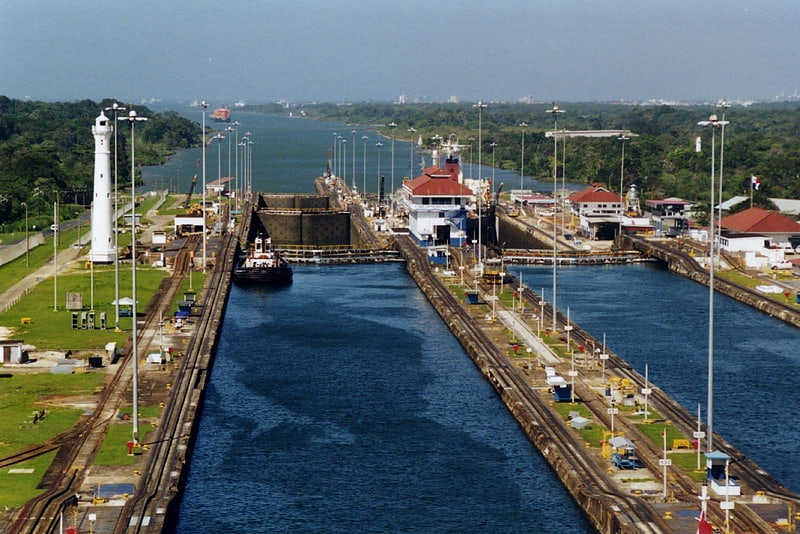
The Panama Canal locks are a lock system that lifts ships up 85 feet to the main elevation of the Panama Canal and down again. The original canal had a total of six steps for a ship's passage. The total length of the lock structures, including the approach walls, is over 1.9 miles. The locks were one of the greatest engineering works ever to be undertaken when they opened in 1914. No other concrete construction of comparable size was undertaken until the Hoover Dam, in the 1930s.
There are two independent transit lanes, since each lock is built double. The size of the original locks limits the maximum size of ships that can transit the canal; this size is known as Panamax. Construction on the Panama Canal expansion project, which included a third set of locks, began in September 2007, finished by May 2016 and began commercial operation on 26 June 2016. The new locks allow transit of larger, New Panamax ships, which have a greater cargo capacity than the previous locks were capable of handling.[1]
Miraflores
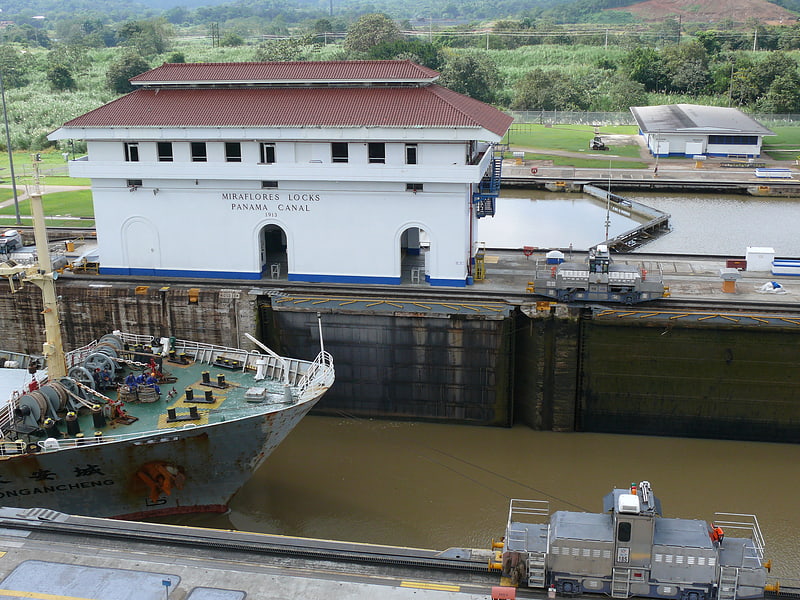
Visitor center in Panama City. Miraflores is the name of one of the three locks that form part of the Panama Canal, and the name of the small lake that separates these locks from the Pedro Miguel Locks upstream. In the Miraflores locks, vessels are lifted 54 feet in two stages, allowing them to transit to or from the Pacific Ocean port of Balboa in Panama City. Ships cross below the Bridge of the Americas, which connects North and South America.
As of 2005, the following schedule was in effect for ship transit through the locks: From 06:00 to 15:15, ships travel from the Pacific toward the Atlantic. From 15:45 to 23:00, ships travel from the Atlantic toward the Pacific. At any other time, travel is permitted in both directions.
A visitors center allows tourists to have a full view of the Miraflores locks operation. Binoculars are recommended to view the Pedro Miguel locks in the distance. As of 2016, admittance for adults to the visitors center costs US$15 (observation terrace) with lower rates for children and senior citizens. Panamanian residents are admitted at US$3 per person. Viewing a transit operation at the centre can take more than 30 minutes. A souvenir shop on the ground level sells related merchandise. The centre closes at 17:00.[2]
Panamá Viejo
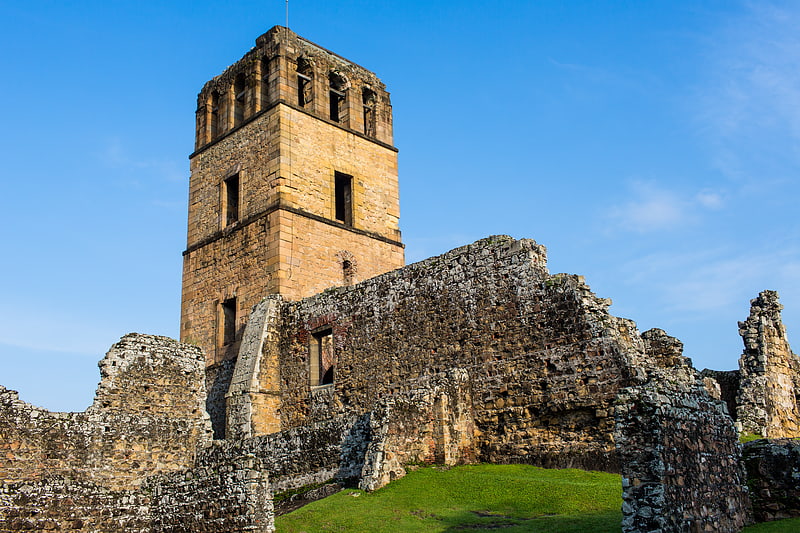
Historical heritage site with a museum. Panamá Viejo, also known as Panamá la Vieja, is the remaining part of the original Panama City, the former capital of Panama, which was destroyed in 1671 by the Welsh privateer Henry Morgan. It is located in the suburbs of the current capital. Together with the historical district of Panamá, it has been a World Heritage Site since 1997.[3]
Bridge of the Americas
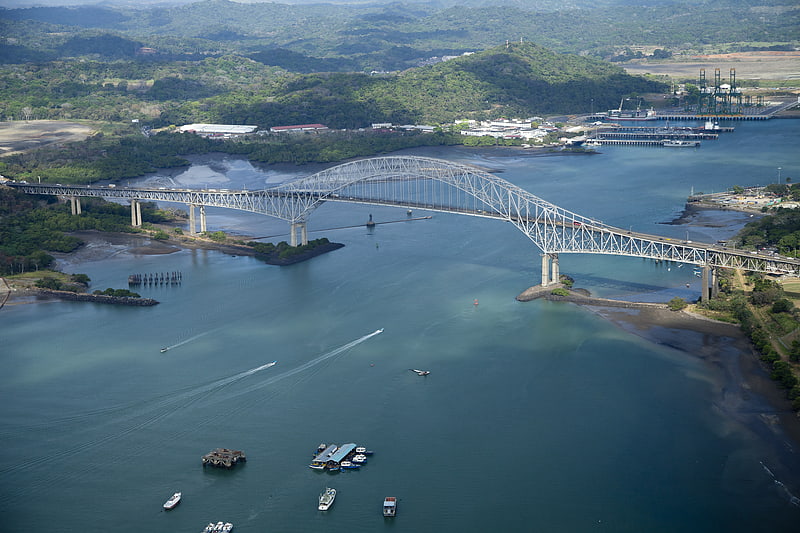
Also known as: Puente de las Américas
Bridge in Panama. The Bridge of the Americas is a road bridge in Panama which spans the Pacific entrance to the Panama Canal. Designed by Sverdrup & Parcel, it was completed in 1962 at a cost of US$20 million, connecting the north and south American land masses. Two other bridges cross the canal: the Atlantic Bridge at the Gatun locks and the Centennial Bridge.[4]
Ancon Hill
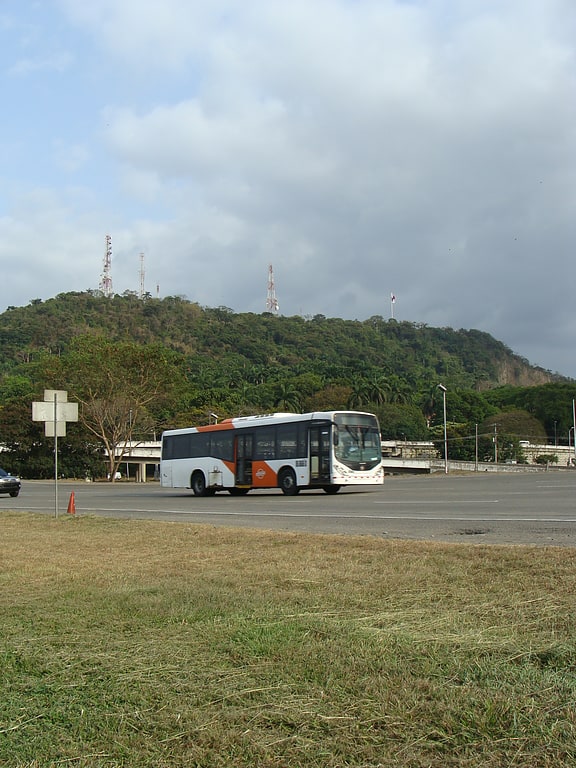
Also known as: Cerro Ancón
Tall hill with a nature reserve. Ancon Hill is a 199 metres high hill that overlooks Panama City, Panama, adjacent to the township of Ancón. Ancón Hill is an area in Panama that was used for administration of the Panama Canal. It was under U.S. jurisdiction as part of the Panama Canal Zone until being returned to Panama in 1977. Largely undeveloped, the area is now a reserve. The hill includes the highest point in Panama City.
The summit of the hill can be reached by a 30-minute hike. According to a local Ancon resident, at this time it is no longer possible to drive to the summit of Cerro Ancon (February 12, 2017). Relatively undeveloped it includes jungle in an otherwise urban area, and wildlife still survives cut off from other jungle areas. It is not uncommon to see sloths, white-nosed coati, nine-banded armadillos, Geoffroy's tamarins, or deer on Ancon Hill, which now has protected status. Its name is used as an acronym by a Panamanian environmental group, Asociación Nacional para la Conservación de la Naturaleza (ANCON).
The lower slopes contained residences and Gorgas Hospital. Higher up were the residence of the Governor of the Canal Zone and Quarry Heights, where the United States Southern Command was located. Quarry Heights was named for being adjacent to a large rock quarry on one side of the hill, which left a visible cliff face on one side. The hill contains an abandoned underground bunker once manned by the US Southern Command. At the top are two broadcast towers and a small road that reaches them. One-way vehicular traffic is now allowed during daylight hours. Hikers can use the road to reach the summit, and the hill is a popular jogging and hiking trek. Along the path, all manner of vegetation and birds can be seen, including a large number of orchids (which are protected by CITES).[5]
Address: Quarry Heights, Panama City
MAC Panamá
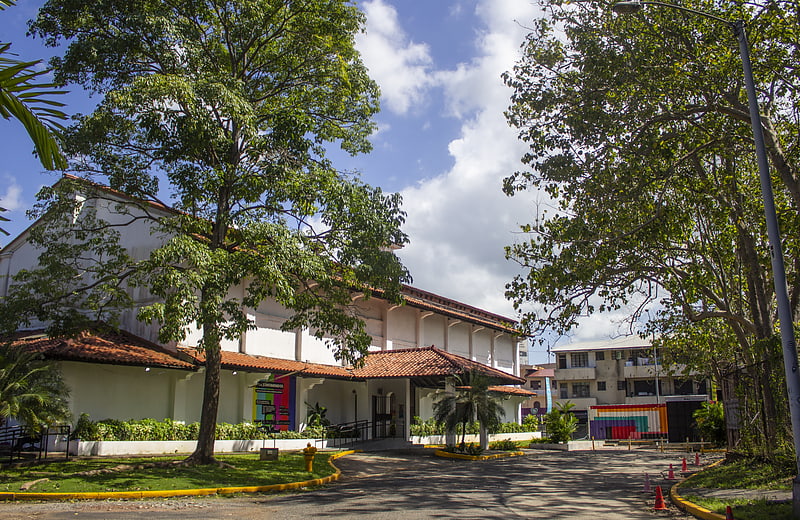
The Museum of Contemporary Art of Panama, popularly called MAC Panamá, is the only museum of contemporary art that exists in Panama. It is a non-governmental, non-profit organization that has legal status and its building is located in Panama City. The institution was founded in 1962 as the Panamanian Institute of Art, in 1983 it became the current museum.
The museum is in charge for being a cultural institution for the diffusion of knowledge and appreciation of contemporary art, promoting cultural and creative development. Its collections are made up of more than 700 works created by Panamanian and Latin American artists of the 20th and 21st centuries.[6]
Address: Avenida de los Mártires, Panama City
Biomuseo
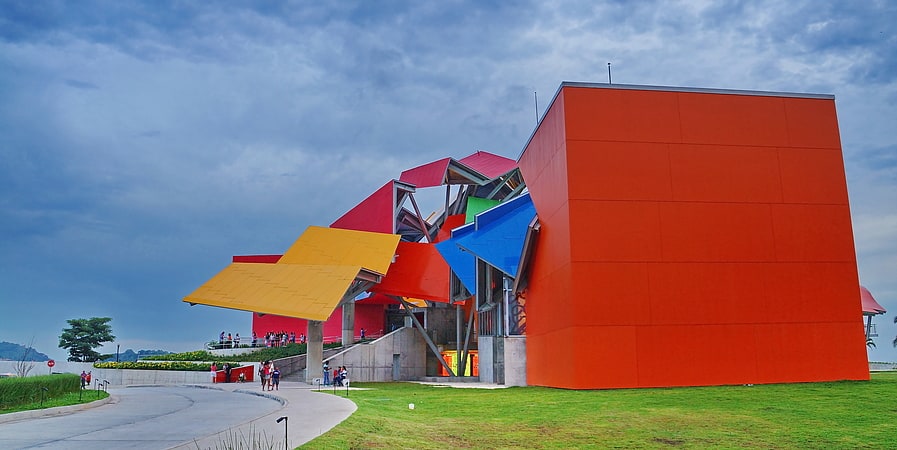
Museum in Panama City, Panama. Biomuseo is a museum focused on the natural history of Panama, whose isthmus was formed very recently in geologic time, with major impact on the ecology of the Western Hemisphere. Located on the Amador Causeway in Panama City, Panama, it was designed by renowned architect Frank Gehry. This is Gehry's first design for Latin America. The design was conceived in 1999 and the museum opened on 2 October 2014.
The Biomuseo highlights Panama's natural and cultural history, emphasizing the role of humans in the XXI century. Its galleries tell the story of how the rise of the isthmus of Panama changed the world.[7]
Address: Calzada de Amador, 0801 Panama City
Centennial Bridge

Also known as: Puente Centenario
Modern bridge crossing the Panama Canal. Panama's Centennial Bridge is a major bridge crossing the Panama Canal. It was built to supplement the overcrowded Bridge of the Americas and to replace it as the carrier of the Pan-American Highway. Upon its opening in 2004, it became the second permanent crossing of the canal.[8]
Address: Vía Centenario, Panama City
Goethals Monument
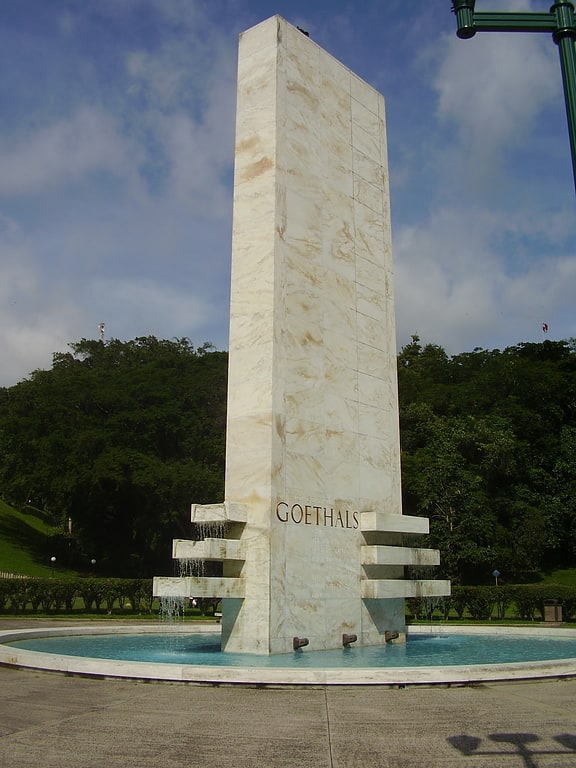
Also known as: Monumento a Goethals
Tourist attraction in Panama City, Panama. The Goethals Monument in Panama City, Panama was constructed in honor of George Washington Goethals the chief engineer of the Panama Canal and United States Army General. He also was the State Engineer of New Jersey and the Acting Quartermaster General of the United States Army in WWI.
It was designed by Alfred P. Shaw of Chicago and was built by the Martinz de Panamá construction company.
The monument is a white Vermont marble construction and was revealed to the public on March 31, 1954. Its central high part symbolizes the Continental Divide and the piles on the sides represent the Canal locks, from which the waters of Gatun Lake reach the oceans.[9]
Punta Culebra Nature Center
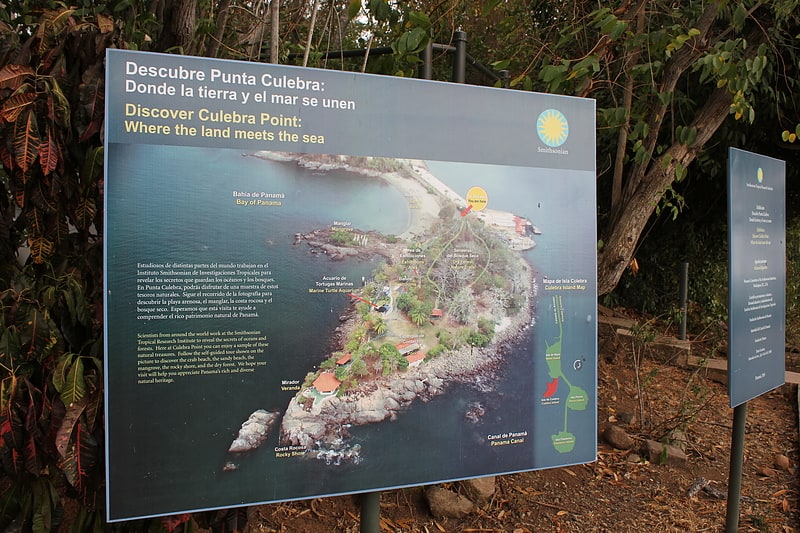
Also known as: Centro de Exhibiciones Marinas de Punta Culebra
Museum in Panama City, Panama. The Punta Culebra Nature Center is a visitor center located in Panama City, on one of the islands connected by the Amador Causeway. It is operated by the Smithsonian Tropical Research Institute, also located in Panamá. The center focuses mainly on [[marine and terrestrial science and education, conservation and interpretation of marine coastal environments in the tropics. Among its attractions, the Fabulous Frogs of Panama, a touch tank with equinoderms and turtles are some of the exhibits found in Punta Culebra. A trail to a stretch of tropical dry forest is also part of the attractions where free roaming animals such as raccoons, sloths, green iguanas and beautiful birds and butterflies can be found.[10]
Address: Calzada de Amador, Panama City
Panama Canal expansion project
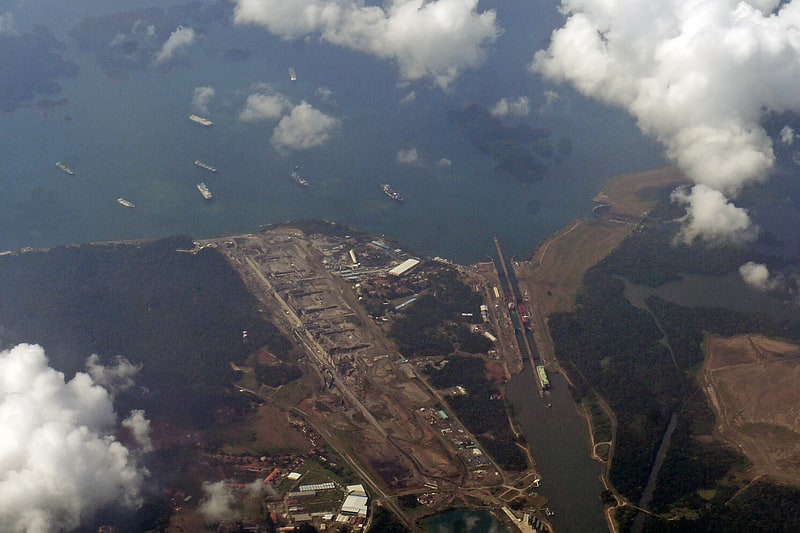
Also known as: Ampliación del Canal de Panamá
The Panama Canal expansion project, also called the Third Set of Locks Project, doubled the capacity of the Panama Canal by adding a new lane of traffic allowing for a larger number of ships, and increasing the width and depth of the lanes and locks allowing larger ships to pass. The new ships, called New Panamax, are about one and a half times the previous Panamax size and can carry over twice as much cargo. The expanded canal began commercial operation on 26 June 2016.
The project has:
- Built two new sets of locks, one each on the Atlantic and Pacific sides, and excavated new channels to the new locks.
- Widened and deepened existing channels.
- Raised the maximum operating water level of Gatun Lake.
Then-Panamanian President Martín Torrijos formally proposed the project on 24 April 2006, saying it would transform Panama into a First World country. A national referendum approved the proposal by a 76.8 percent majority on 22 October, and the Cabinet and National Assembly followed suit. The project formally began in 2007. It was initially announced that the Canal expansion would be completed by August 2014 to coincide with the 100th anniversary of the opening of the Panama Canal, but various setbacks, including strikes and disputes with the construction consortium over cost overruns, pushed the completion date back several times. Following additional difficulties including seepage from the new locks, the expansion was opened on 26 June 2016. The expansion doubled the Canal’s capacity. On March 2, 2018, the Panama Canal Authority announced that 3,000 New Panamax ships had crossed the canal expansion during its first 20 months of operation.[11]
Panama Canal Museum

Also known as: Museo del Canal Interoceánico de Panamá
Historical exhibits on the Panama Canal. The Panama Canal Museum is a non-profit and public museum located in Panama City, Panama. Established in 1997, the museum is devoted to the history of the construction of the Panama Canal in its various stages, including the first French construction attempt, the later construction by the United States, and the eventual transfer to Panamanian control. The current building dates from 1874 and served originally as the headquarters of both the French and U.S. companies engaged in the construction of the canal. It is located in the city's old quarter.[12]
Address: Avenida Central, 0816 Panama City
Parque Municipal Summit
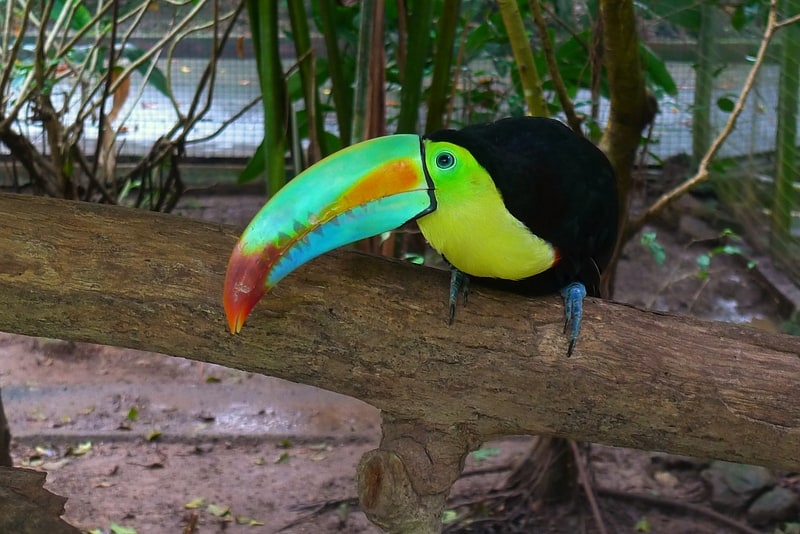
Zoo in Panama. The Parque Municipal Summit is a botanical garden and a zoo of 250 hectares in total area, which is located on the outskirts of Panama City at about kilometer 18 on the road leading to Gamboa.[13]
Address: Ave. Gayllard, Panama City
Casco Viejo
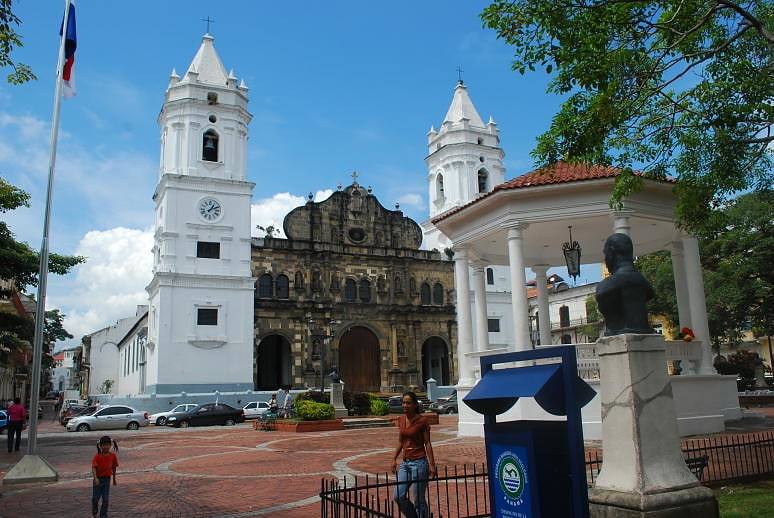
Also known as: Casco Antiguo de Panamá
Casco Viejo, also known as Casco Antiguo or San Felipe, is the historic district of Panama City. Completed and settled in 1673, it was built following the near-total destruction of the original Panamá city, Panamá Viejo in 1671, when the latter was attacked by pirates. It was designated a World Heritage Site in 1997.[14]
Teatro Nacional

Theatre in Panama City, Panama. The National Theatre of Panama is located in the old city of Panama, next to the church of San Francisco and the Plaza Bolívar. Its construction was ordered by Act 52 of 1904.
The National Theatre is part of a cross-shaped building. Ceiling frescos were done by famed Panamanian Robert Lewis. The other part is occupied by National Palace. The theater was designed by Italian architect Genaro Ruggieri, with a style of Italian operetta theater, and opened on October 1, 1908.[15]
Address: Panama City, Calle 3 Catedral y Ave B, Casco Antiguo
Iglesia de La Merced
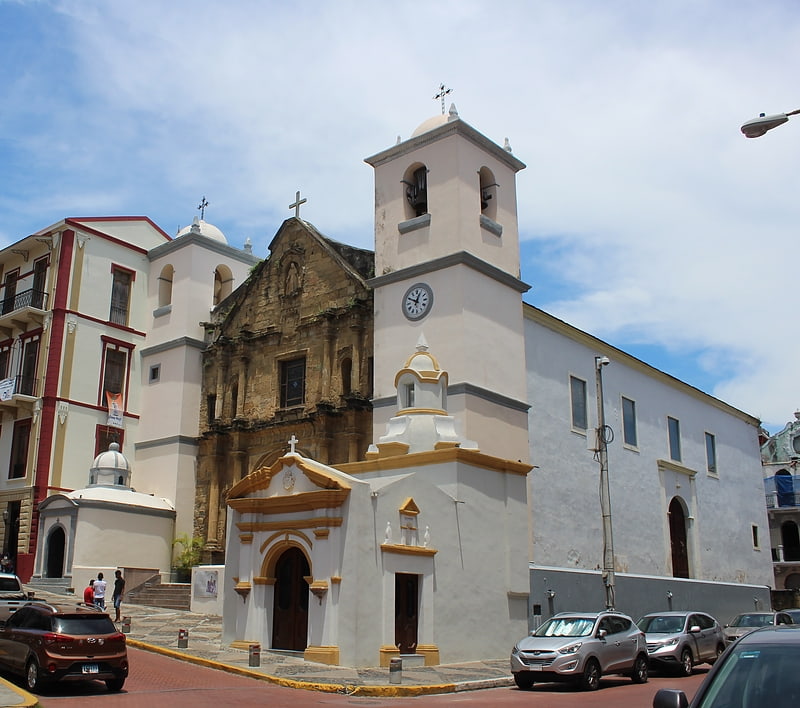
The Church of Nuestra Señora de la Merced is a catholic temple located in the Casco Antiguo of Panama City. Initially it was located in the first site of the city, called today Panama Viejo. After the attack of the pirates and consequent destruction of the city, the stone facade of this temple was moved piece by piece to the new city around the year 1680. In its atrium there are two chapels: One of the Virgin of Mercy and the other is a mausoleum. This church is also the guardian of an image of the Virgen de la Caridad del Cobre, venerated by the Cubans.
Metropolitan Natural Park
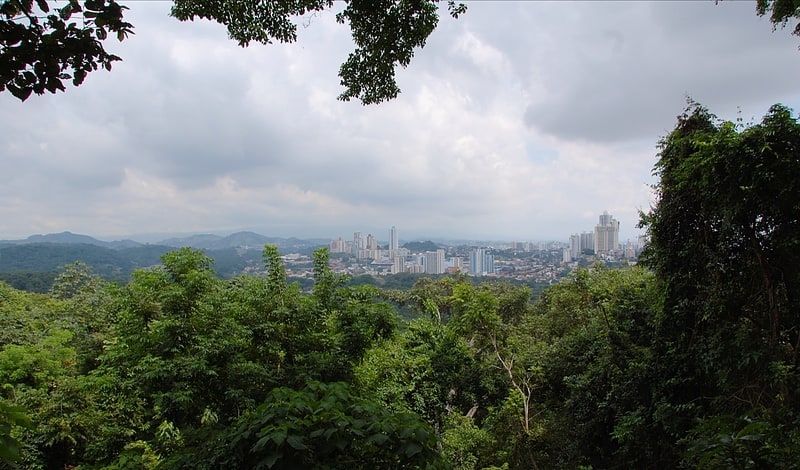
Also known as: Parque natural metropolitano
Park in Panama City, Panama. Metropolitan Natural Park is a park in Panama City, Panama. It is the only wildlife refuge in the city. Wildlife found in the park include bird species and Geoffroy's tamarin. The park was first proposed in 1974 and was inaugurated on June 5, 1988.[16]
JW Marriott Panama
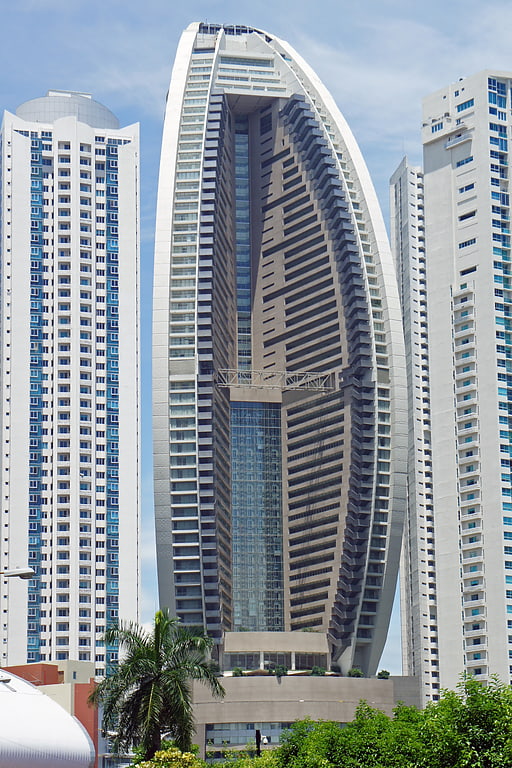
The JW Marriott Panama is a 70 floors, 2,710,000 sq ft, mixed-use waterfront hotel and condominium tower development in Panama City, Panama, in the area of Punta Pacifica. It opened in 2011 as the first international "named branded development" of The Trump Organization. At 284 meters, it is the tallest building in Panama and the tallest building in Central America.[17]
BICSA
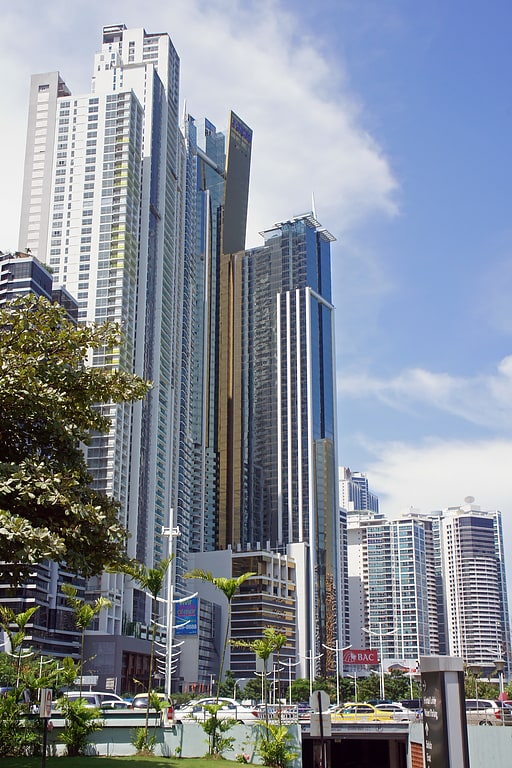
Also known as: Bicsa Financial Center
Skyscraper. Bicsa Financial Center, first named Ice Tower, then Star Bay Tower, is a 66-story skyscraper in Avenida Balboa, Panama City. Standing 267 m tall, it is the third tallest building in Panama City and fourth in Latin America.
Bicsa Financial Center is also known for its distinctive glass colour (gold).[18]
Address: Avenida Balboa, Panama City
Panama City Panama Temple

Also known as: Templo de la Ciudad de Panamá
Church of jesus christ of latter-day saints in Panama City, Panama. The Panama City Panama Temple is the 127th operating temple of The Church of Jesus Christ of Latter-day Saints. It was announced in 2002 and was dedicated on August 10, 2008 by church president Thomas S. Monson. Located in Cárdenas, a suburb of Panama City, it is the first church temple in Panama.
The plans to build a temple in Panama City were announced by the LDS Church on August 23, 2002. Ground was broken and the site was dedicated on October 30, 2005, by Spencer V. Jones, a member of the church's Second Quorum of the Seventy and the president of the church's Central America Area. On May 4, 2007, a statue of the angel Moroni was added to the temple's spire.
The temple is adjacent to the LDS Church's Cárdenas Ward meetinghouse, close to the Panama Canal. The Panama City Panama Temple serves Latter-day Saints in all of Panama. There are 39,000 Latter-day Saints in Panama in seven stakes and eight mission districts.
The open house for the temple began on the July 11 and ended on July 26, 2008. During the open house, the temple was open to everyone; however, since it has been dedicated only members of the church in good standing can enter. The temple's dedication was held on August 10, 2008 in four sessions. Prior to the dedication, a cultural celebration was held including performances by Panamanian youth members of the church.[19]